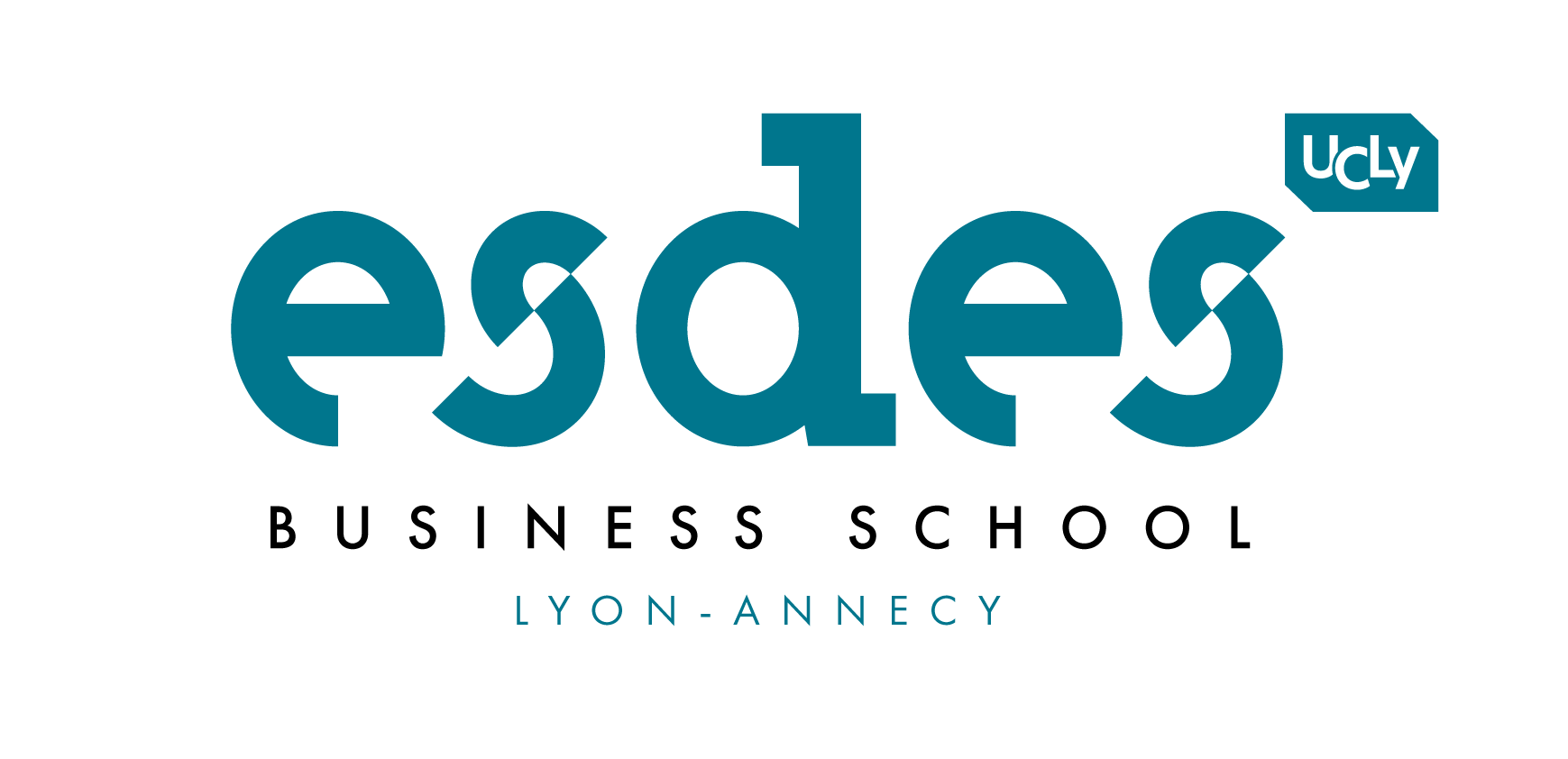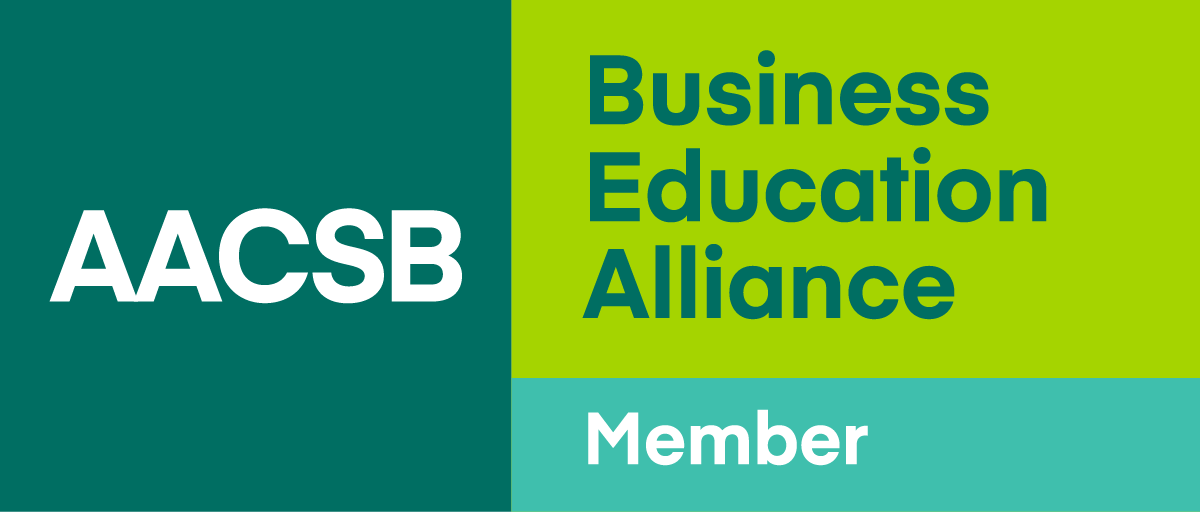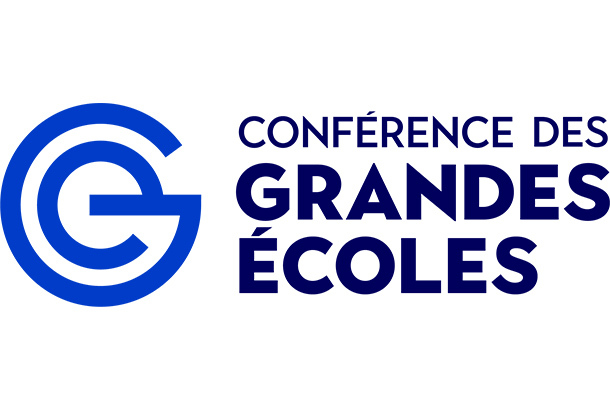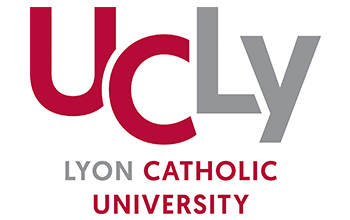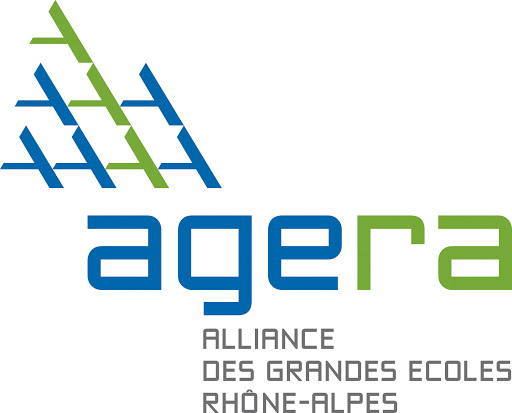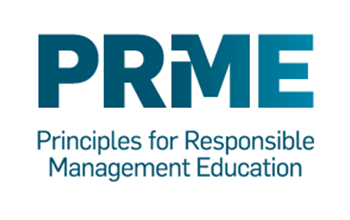- Homepage
- ESDES’s blog
- Research
- The Circular Economy: A concept with meanings and similar terms
Shahrzad YAGHTIN
4 min.
2 February 2023
The term circular economy has increasingly gained popularity both among scholars and practitioners. However, the circular economy seems to be a collection of blurred and separate ideas from several fields. Consequently, the term means different things to different people. It may be because the circular economy encompasses multiple strategies that should be known and considered when talking and investigating about it. So, the question that arises here is what the circular economy means really.
The circular economy is known as an economic model that is in line with sustainable environmental and economic objectives. It is generally assumed that the underlying purpose of adopting circular economy practices and strategies is to reduce virgin material consumption, eliminate waste and decouple growth from material use (Murray et al., 2017). Indeed, the circular economy emerged as an alternative model to the linear system (take-make-dispose), which appears to be reaching lots of limitations due to its environmental disadvantages. The circular economy’s strategies cannot be implemented just through attempts by individuals. Instead, the model involves a systemic change in companies, industries, and economies at the macro (e.g., nations, cities), meso (e.g., eco-industrial parks), and micro levels (company or consumer level).
The most relevant concepts to the circular economy which appeared in the academic literature were R imperatives, R frameworks, Rs, or R-hierarchy which have been used in academia as well as by practitioners for years and decades. R imperatives have been initially used as 3Rs (Reduce, Reuse and Recycle) but then have evolved to 9Rs and sometimes 10Rs in the recent literature given the known circular economy practices throughout the entire value chain of a product (Reike et al., 2018). In other words, R-hierarchy encompasses the various sequences which normally relate to value retention options for different products and materials (e.g., reduce, reuse, repair, refurbish, remanufacture, recycle, recover, re-mine).
However, there are other similar important terms and concepts that should be regarded to have a more comprehensive and overarching understanding of the circular economy’s strategies and practices.
One of the closest concepts to the circular economy is the “Green Economy”. The term is defined as “a system of economic activities connected with the production, distribution, and consumption of goods and services that results in a better human well-being in the long term, to avoid exposing the future generations to significant environmental risks and to the ecologic shortage”. The concept is so close to the circular economy to extent that they cannot be easily distinguished as separate terms. However, some argue that while the circular economy mainly concentrates on the product-process perspective, the green economy pertains predominantly to the transition toward sustainable development, with a focus on the agricultural sector (Santeramo, 2022).
Ecological economics is another concept that has a long tradition in recycling like other circular economy-type concepts which are not presented under the circular economy term. In fact, the focus of ecological economics is mainly on the macroeconomic level, so some believe that one should look at the circular economy with ecological economic glasses, not vice versa.
The other similar concept is “Industrial Ecology” which is the study of material and energy flows through industrial systems to optimize the total materials cycle from virgin material to finished material, to component, to product, to waste product, and to ultimate disposal. Notwithstanding the similarity of the two concepts, the focus of industrial ecology is on creating synergy among the organizations for the reuse of industrial wastes while circular economy concentrates on extending the product life cycle using different strategies.
Another relevant concept that appears in recent publications is ‘Cascading’ which is mentioned as a method of retaining the ‘added value’ of materials as long as possible (Lüdeke-Freund et al., 2019). Cascading is known as the sequential use of resources for different purposes, usually, through multiple materials reuse phases. Due to the similarity of the term cascading with the circular economy, the practical interlinkages between cascading and circular economy’s relevant practices and strategies are still vague.
In a nutshell, considering the similar terms and concepts to the circular economy and different practices which are known as part of R strategies, it is still needed to investigate the circular economy as an evolving concept with the possibility to develop more and more over time. This is an essential consideration since it can help not overlook any significant fact that is relevant or in line with the key objectives of the circular economy model !
Shahzrad YAGHTIN is a teacher researcher at ESDES Business School.
Lüdeke‐Freund, F., Gold, S., and Bocken, N. M. (2019). A review and typology of circular economy business model patterns. Journal of Industrial Ecology, 23(1), 36-61.
Murray, A., Skene, K., and Haynes, K. (2017). The Circular Economy: An Interdisciplinary Exploration of the Concept and Application in a Global Context. J Bus Ethics, 140, 369–380. https://doi.org/10.1007/s10551-015-2693-2.
Reike, D., Vermeulen, W. J., and Witjes, S. (2018). The circular economy: new or refurbished as CE 3.0?—exploring controversies in the conceptualization of the circular economy through a focus on history and resource value retention options. Resources, Conservation and Recycling, 135, 246-264.
Santeramo, F. G. (2022). Circular and green economy: the state-of-the-art. Heliyon, https://doi.org/10.1016/j.heliyon.2022.e09297.
